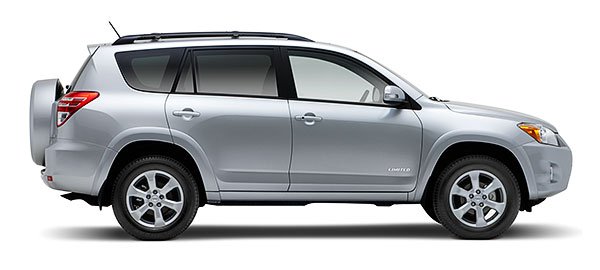Film was Simpler, but Harder
Back when I shot on film, everything was on transparencies. That made photography more difficult - an unforgiving medium. There was little recourse if highlights were burned out, shadows too deep or color was off. Still, you work with what you’ve got. I learned to pre-visualize, shoot Polaroids, do color balance tests before the shoot, and when the budget allowed, I’d wait for film. On the other hand, when I handed over the film, I was finished.Now, I am further into the workflow. This gives me way more flexibility to adjust, after the shoot, color, contrast, and exposure. Often I do the retouching, and deliver color corrected tiffs. Then I archive the job in case the files are needed again. I thought it might be interesting to share the process in more detail.
The shoot
Because this is about the workflow, I’ll ignore all of the pre-production and jump right to the shoot. I almost always shoot tethered. I like the knowledge that I’ve got it, without any waiting. It also gives clients a preview of what they’re getting. The laptop screen is calibrated with Eye-One (made by x-rite) so I’m pretty sure I’ve got the color right to start. I shoot with Capture One software, because I’ve got a Phase One back, and it works very well with our Canons too. Apart from doing an excellent job processing RAW files, one of the things I like about Capture one is that it creates a folder structure for every job. A session folder contains a capture folder, a trash folder, and an output folder.
I shoot with Capture One software, because I’ve got a Phase One back, and it works very well with our Canons too. Apart from doing an excellent job processing RAW files, one of the things I like about Capture one is that it creates a folder structure for every job. A session folder contains a capture folder, a trash folder, and an output folder.
After the Shoot
After the shoot, I simply copy this folder to the “job” drive on our server. I am then able to work off the server to make all the adjustments to the captured images and process them to make tiffs. If I’m doing the retouching, I’ll use Photoshop (big surprise) and create new folders inside the session folder that contains all of the files I’re working on. This keeps all the files for a each project together and organized. The server automatically backs this drive up to an external hard drive every night. The nightly backup keeps versions of the files for 30 days, so it’s possible to go back to get older versions of files, or deleted files if necessary. After the retouching is completed, and the job is delivered, the job folder is copied to an archive drive, also on the server. Once a month, I duplicate everything on to a yet another hard drive and take it home for safe keeping. So I have several terabytes of online archives of old jobs with a back-up off-site in case of drive failure or natural disaster.

Dave shot the Landscape it's stripped into. Teamwork is everything.I’d love to hear what you think or about your workflow.
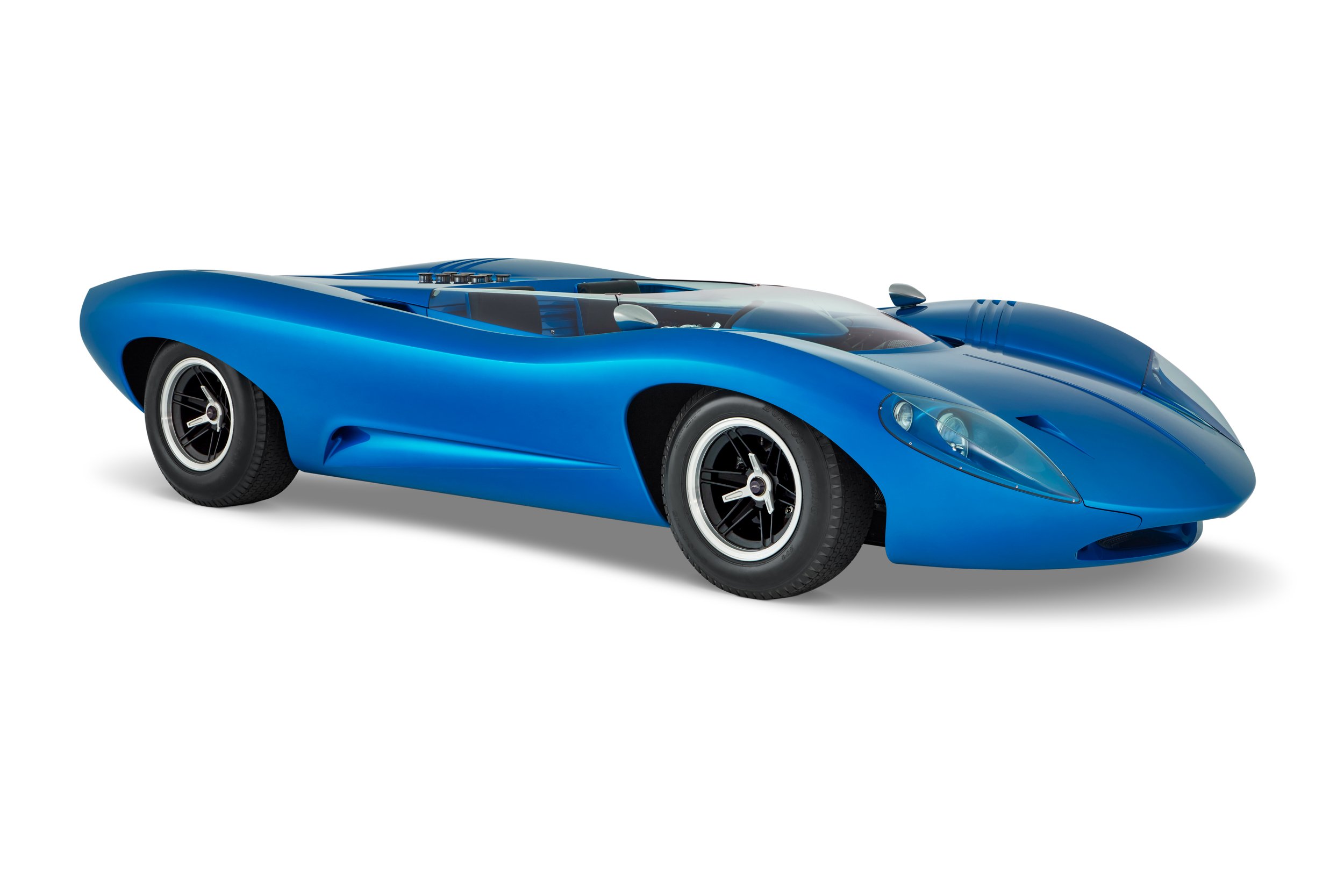
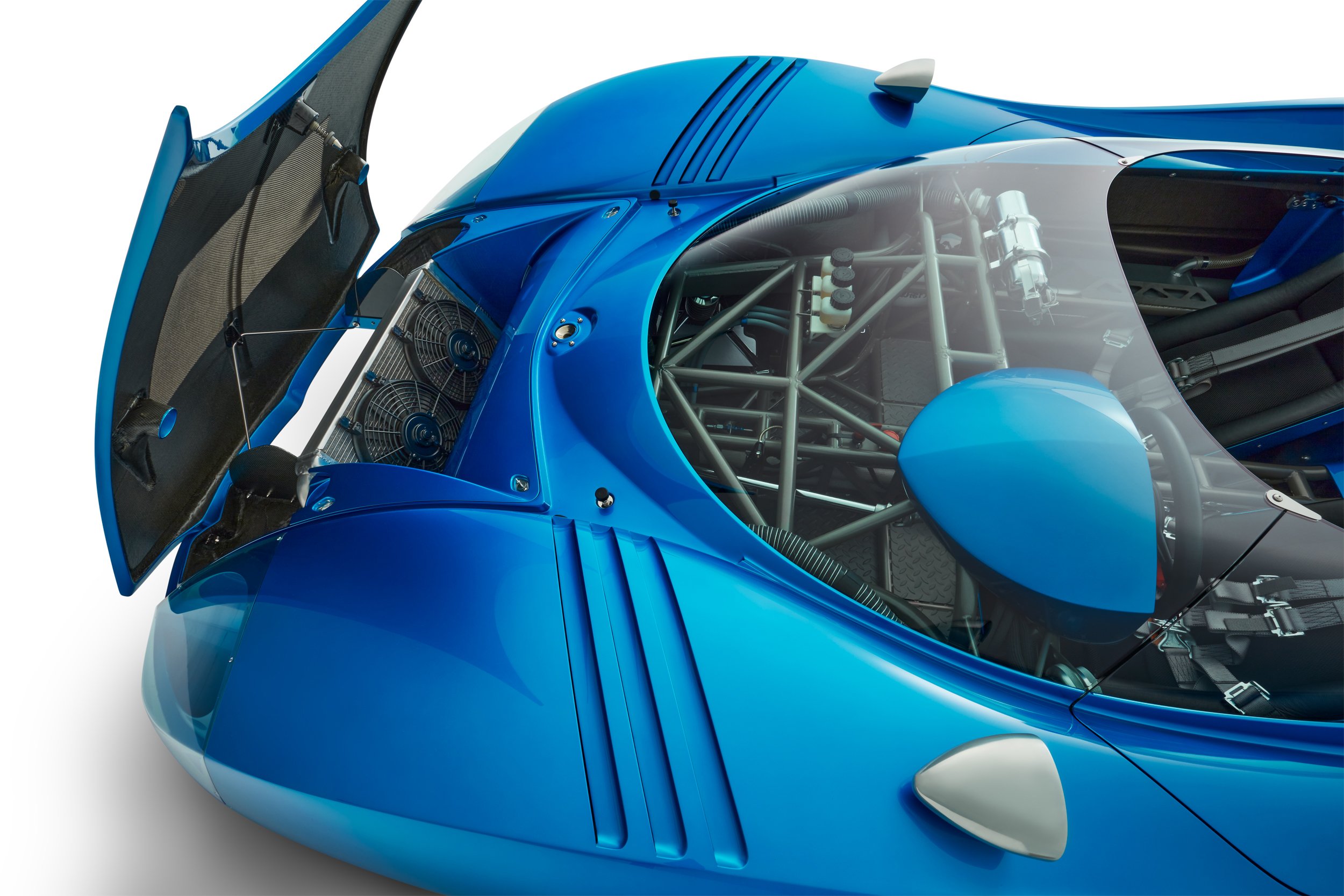
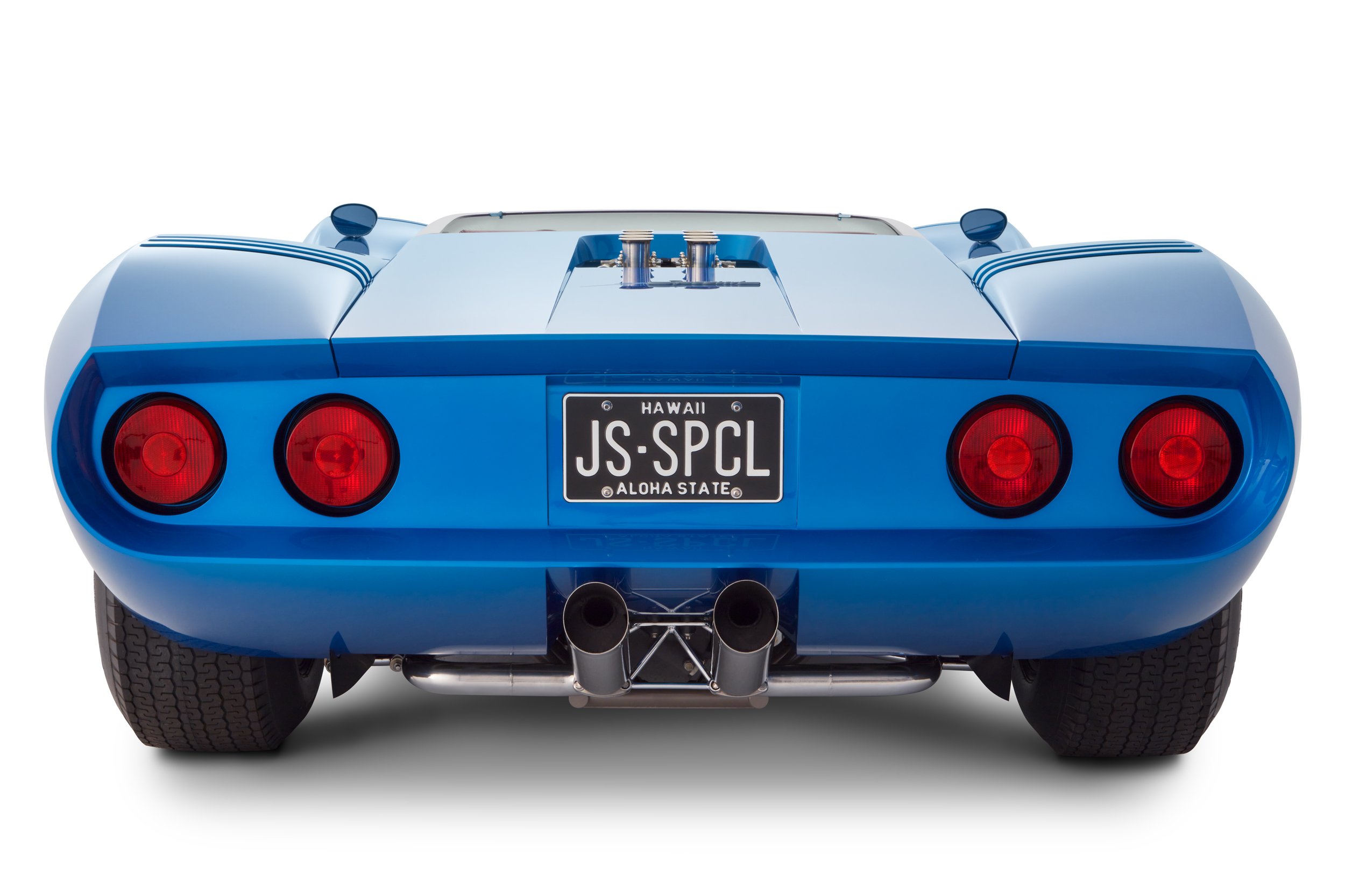
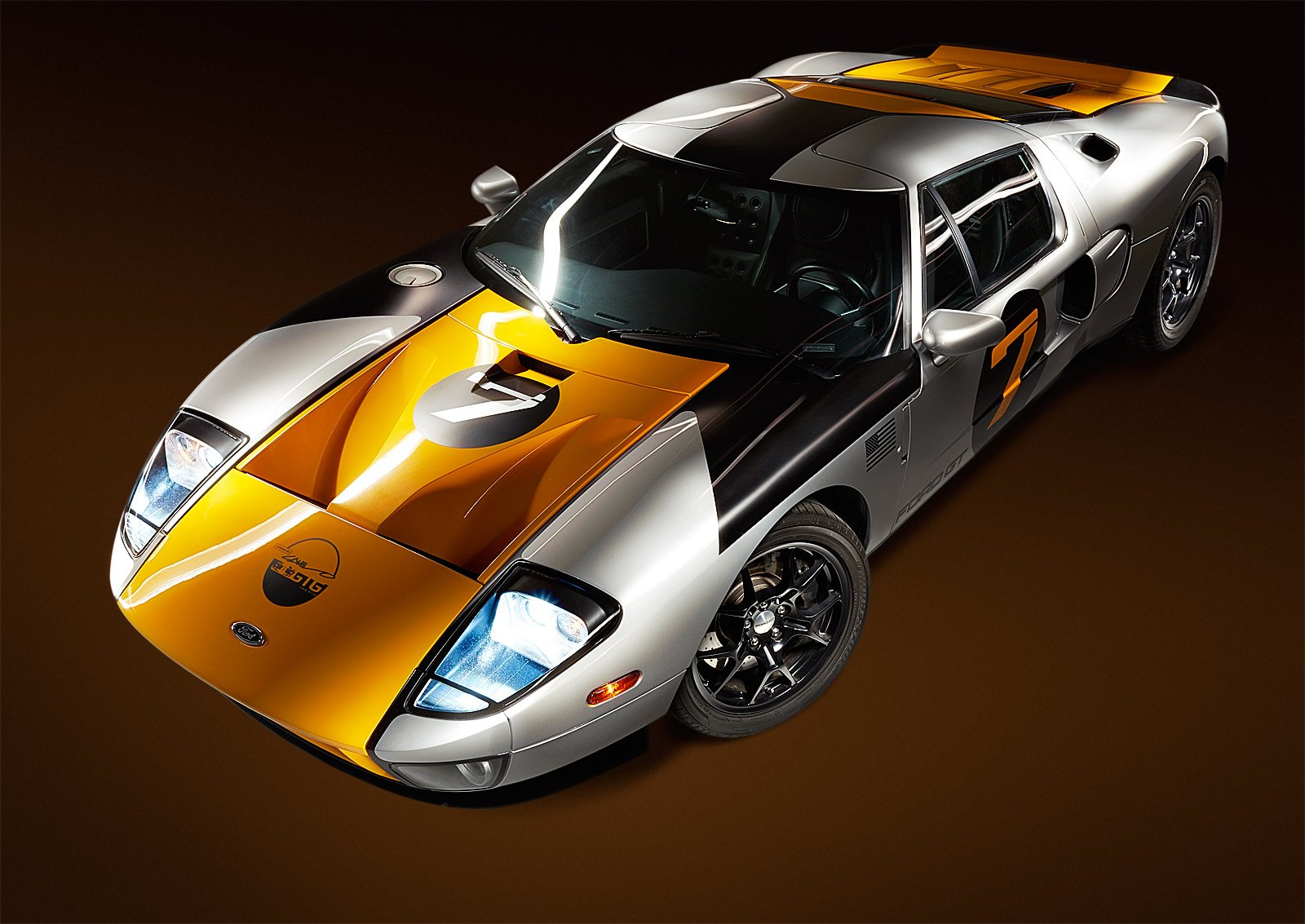 I love shooting cars. Day-to-day I shoot everything from massive aerospace tools to tiny fasteners, but photographing this Ford GT was a treat. Using a light painting technique we walked around the car shining a light at it while the shutter was open. After seeing the results we would alter how fast we walked, where we held the light and where we pointed it until we had a dynamically lit image.Lighting is crucial for every photo and this car is no exception. These are the kind of jobs that get me excited forty years into this business. As always I look forward to your thoughts.
I love shooting cars. Day-to-day I shoot everything from massive aerospace tools to tiny fasteners, but photographing this Ford GT was a treat. Using a light painting technique we walked around the car shining a light at it while the shutter was open. After seeing the results we would alter how fast we walked, where we held the light and where we pointed it until we had a dynamically lit image.Lighting is crucial for every photo and this car is no exception. These are the kind of jobs that get me excited forty years into this business. As always I look forward to your thoughts.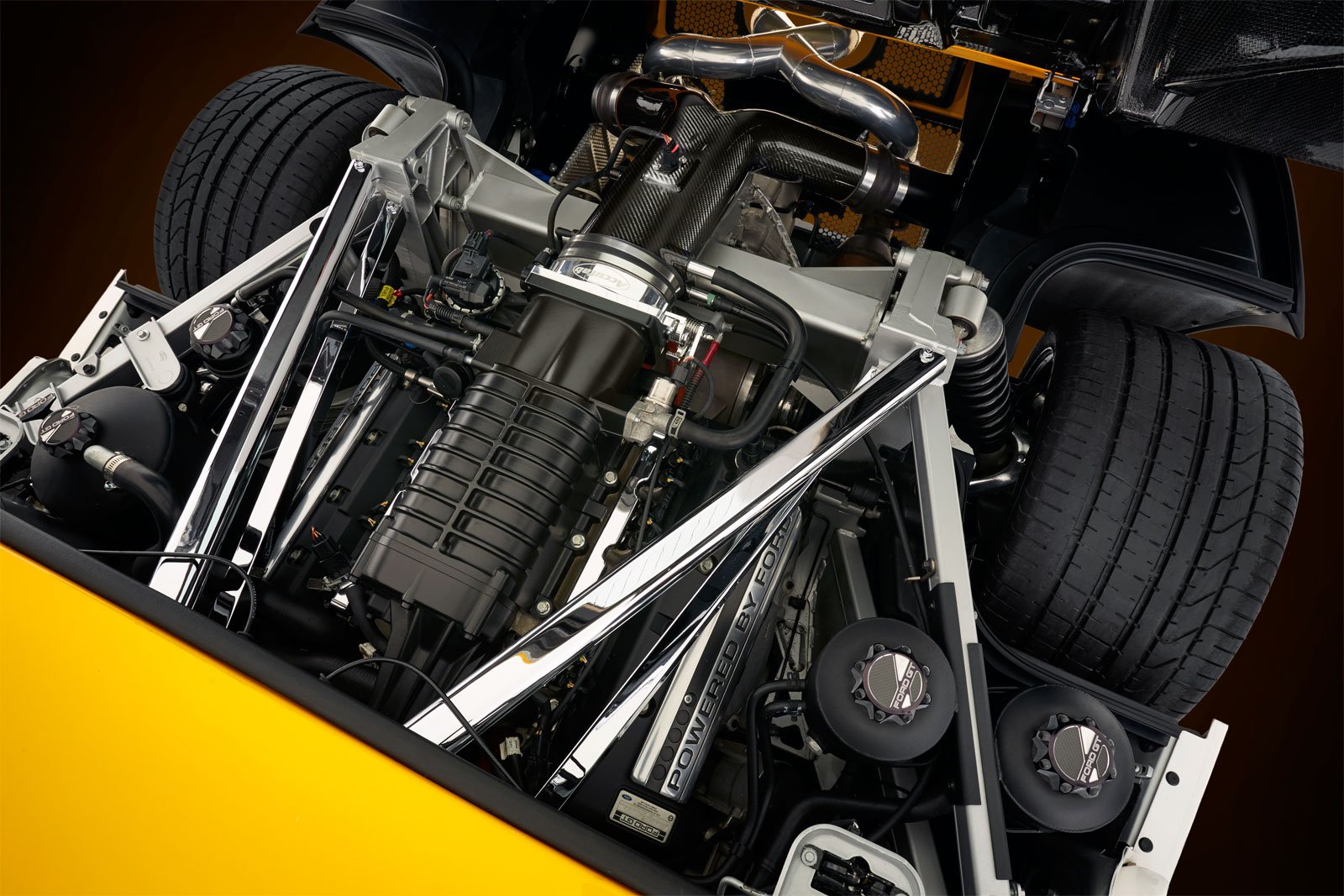
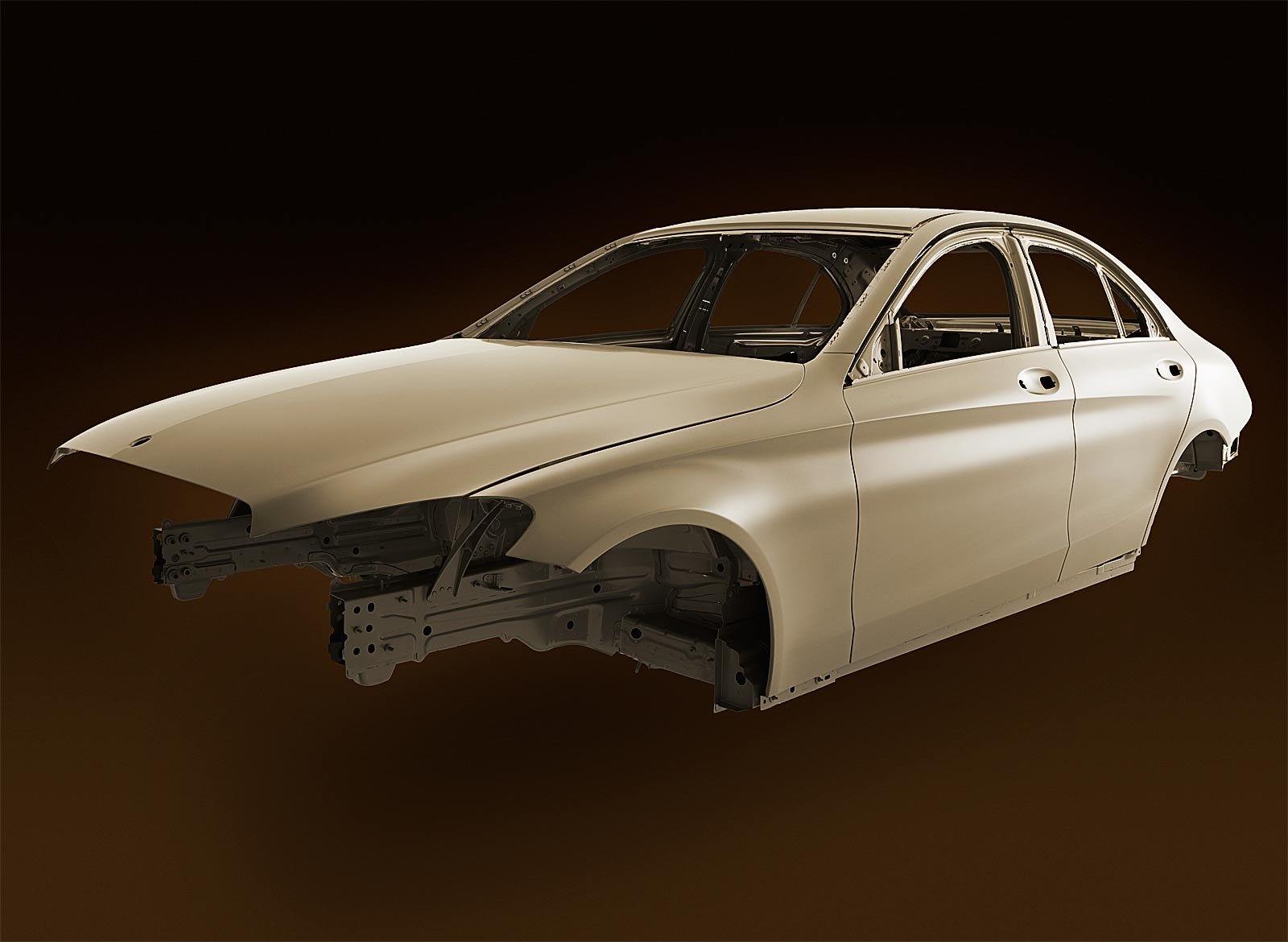 The science of automotive paint is stunningly complex. This car only has an “E coat”; it’s the initial coat of paint. It’s a process not unlike electroplating, where the paint is attracted to the metal by an electronic charge. The upshot is that the paint gets onto all of the surfaces of the body including all the inaccessible little nooks and crannies. This, among other things, is why our cars last longer than they used to. My job of course, is make an interesting and compelling photograph for use in an ad. Let me know what you think.
The science of automotive paint is stunningly complex. This car only has an “E coat”; it’s the initial coat of paint. It’s a process not unlike electroplating, where the paint is attracted to the metal by an electronic charge. The upshot is that the paint gets onto all of the surfaces of the body including all the inaccessible little nooks and crannies. This, among other things, is why our cars last longer than they used to. My job of course, is make an interesting and compelling photograph for use in an ad. Let me know what you think.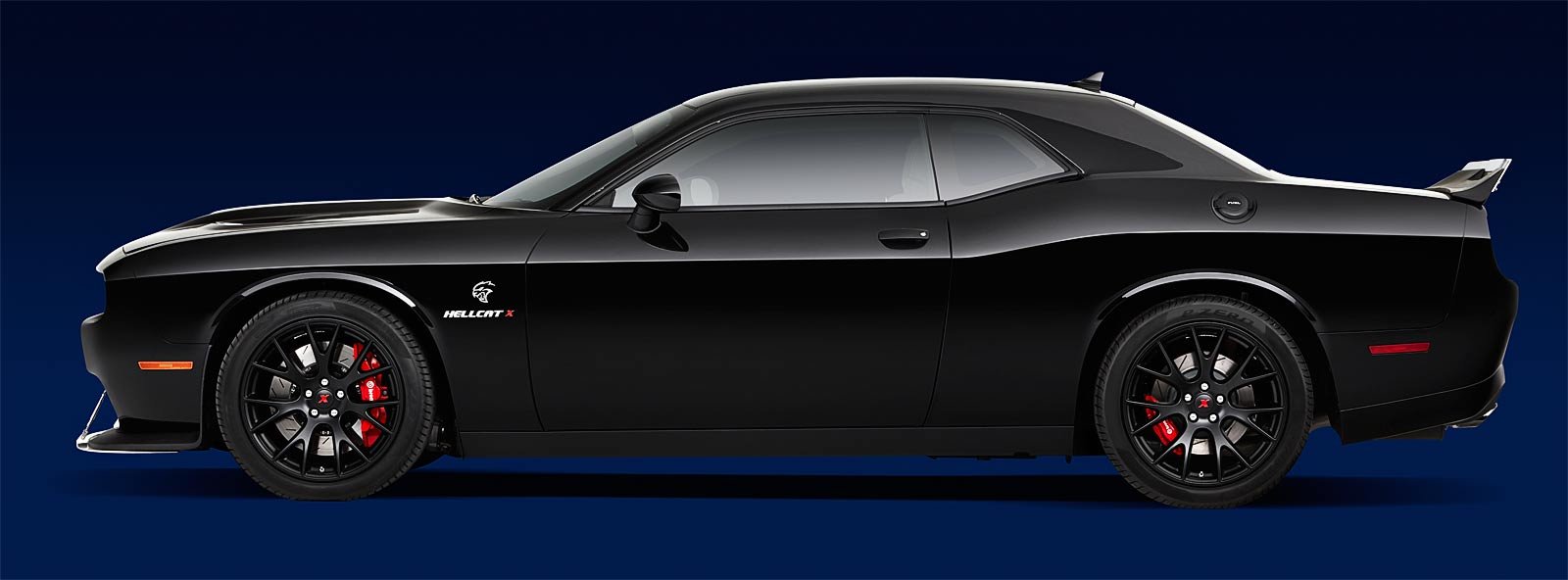
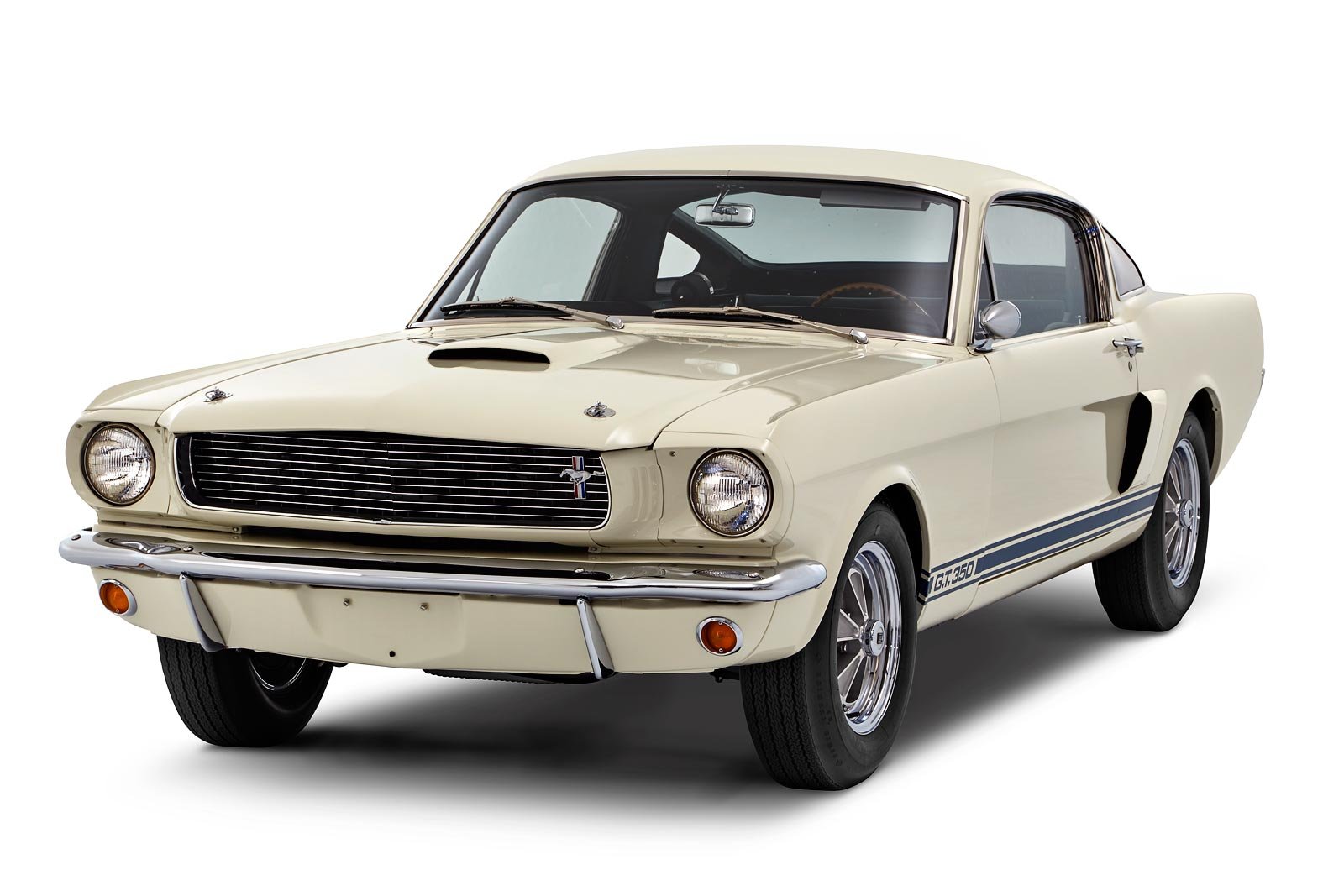
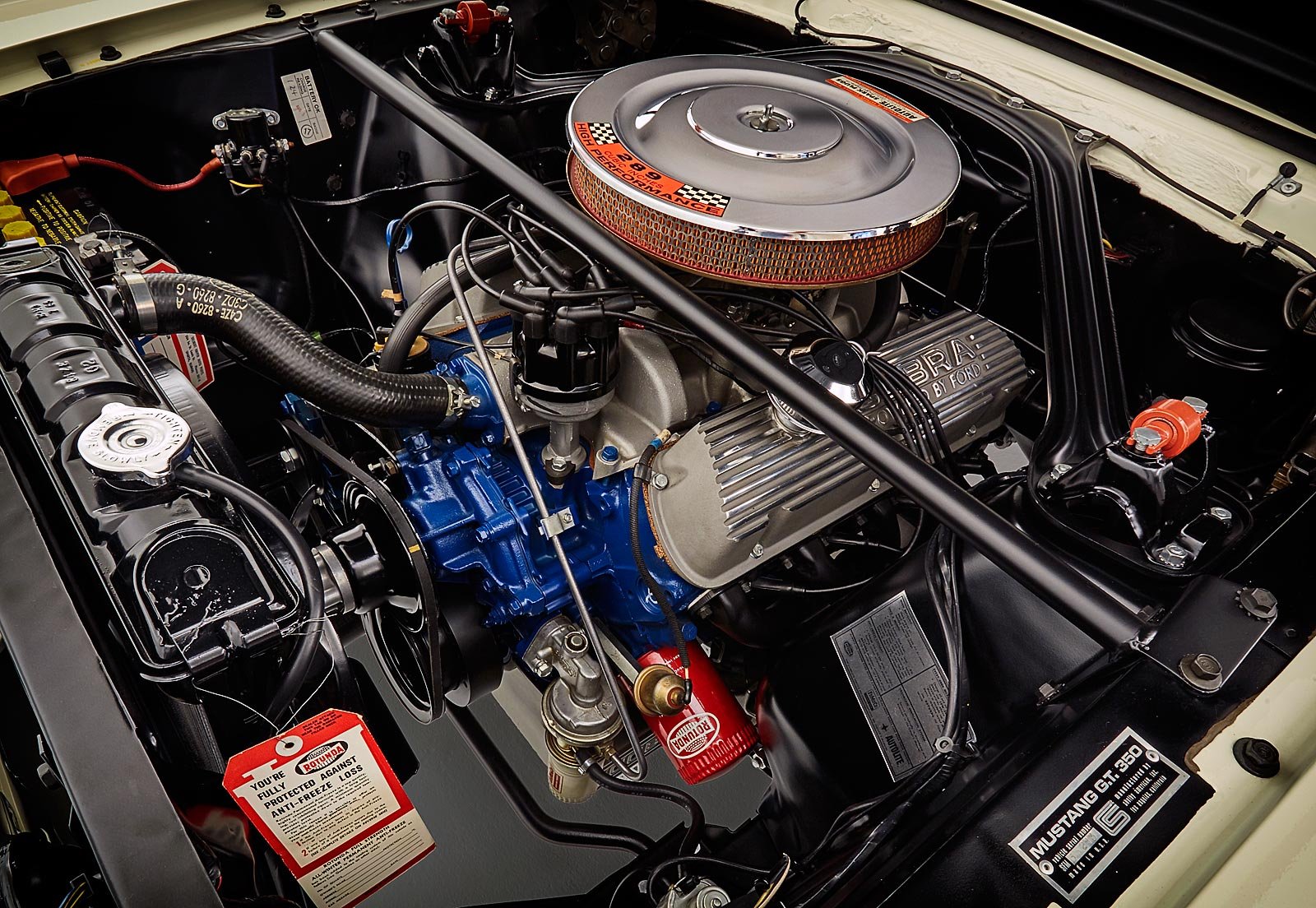
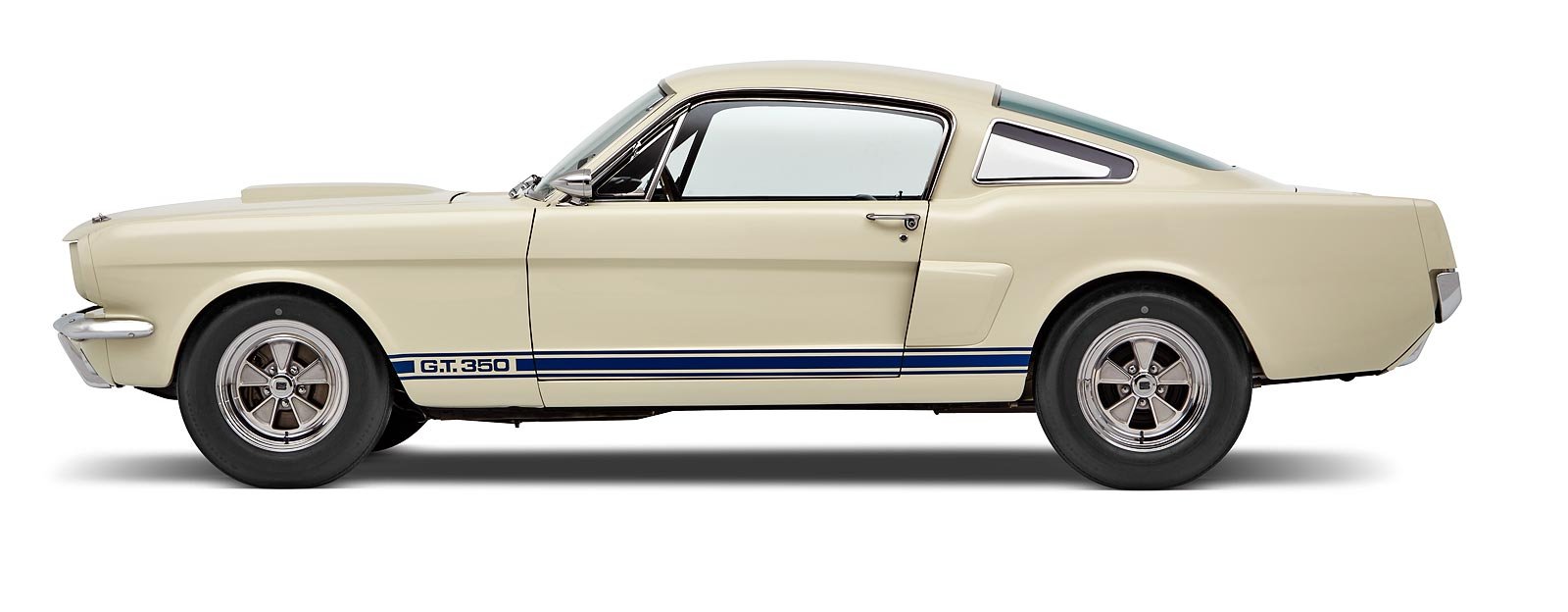

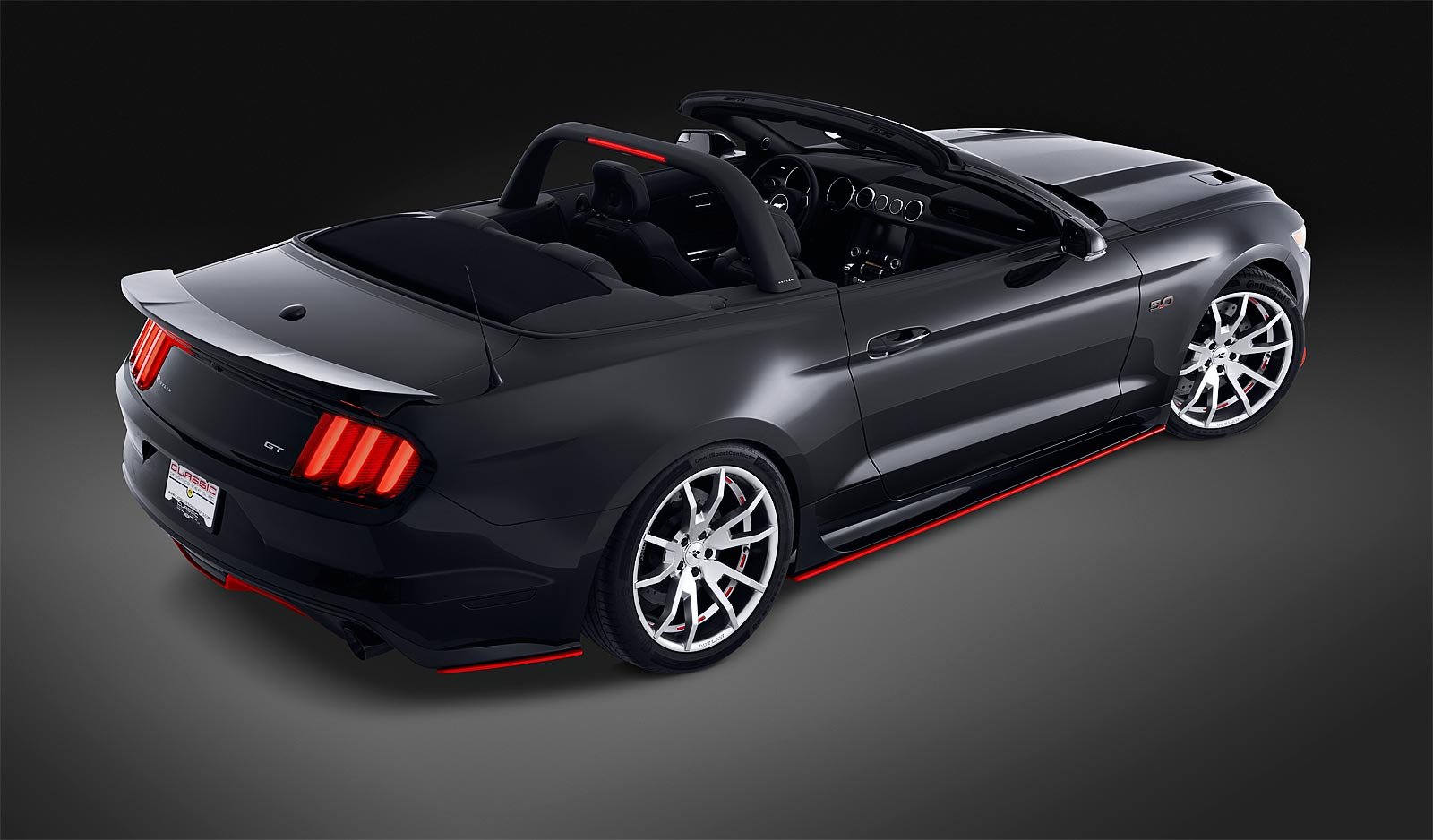 There is nothing like a body kit to jazz up a car. I had the opportunity to shoot this Outlaw Mustang in the studio. It’s really beautiful! The wheels, suspension, engine and lots more are enhanced! Being black makes it more challenging to photograph, but you cannot deny it’s elegance. Other images from this shoot are on the
There is nothing like a body kit to jazz up a car. I had the opportunity to shoot this Outlaw Mustang in the studio. It’s really beautiful! The wheels, suspension, engine and lots more are enhanced! Being black makes it more challenging to photograph, but you cannot deny it’s elegance. Other images from this shoot are on the 
 I recently met Barry at a parking lot where a lot of, well, car nuts (enthusiasts, whatever, this is Detroit!) hang out with their hot, customized, modified, cars. Barry’s 1966 Mustang has 500 plus horsepower under the hood, a strengthened frame so it doesn't twist, because that's a lot of power. It has a new hood scoop, tires, wheels, awesome! He brought it to the studio so I could photograph it for a day. This is the first of a few shots that I did. Afterword, I showed it to my friend Jim Tocco from
I recently met Barry at a parking lot where a lot of, well, car nuts (enthusiasts, whatever, this is Detroit!) hang out with their hot, customized, modified, cars. Barry’s 1966 Mustang has 500 plus horsepower under the hood, a strengthened frame so it doesn't twist, because that's a lot of power. It has a new hood scoop, tires, wheels, awesome! He brought it to the studio so I could photograph it for a day. This is the first of a few shots that I did. Afterword, I showed it to my friend Jim Tocco from 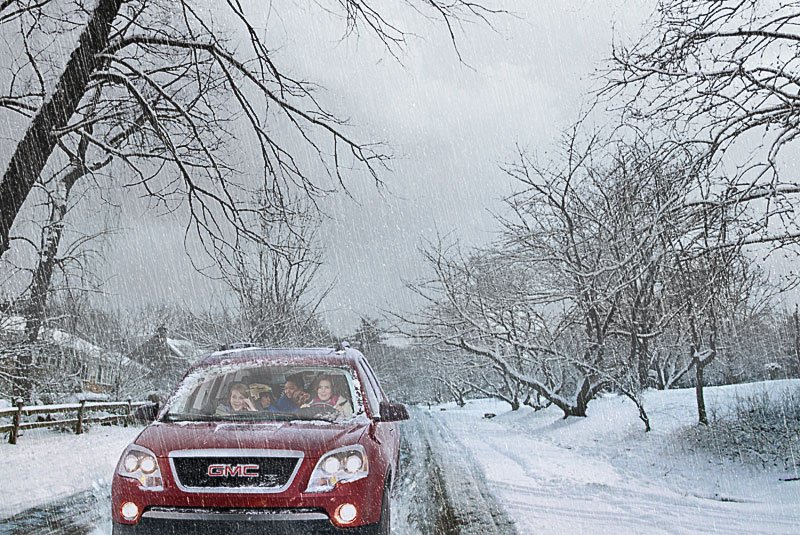

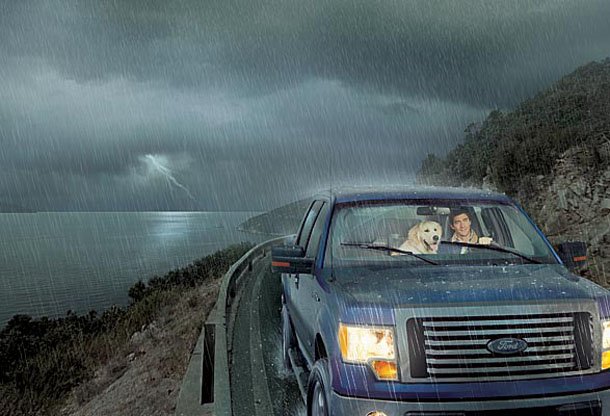
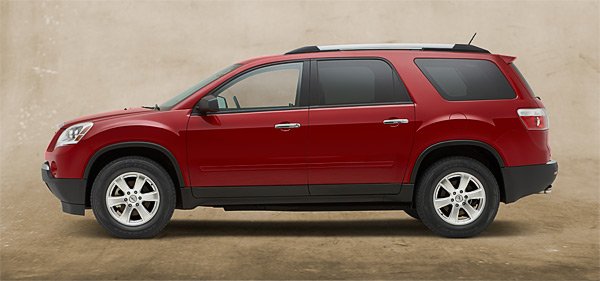

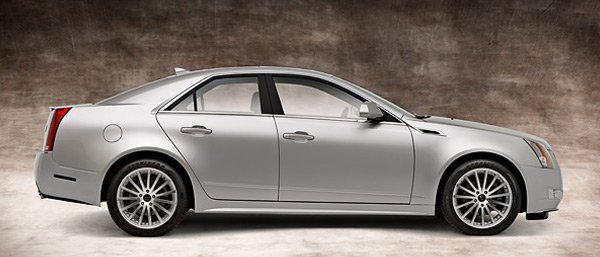
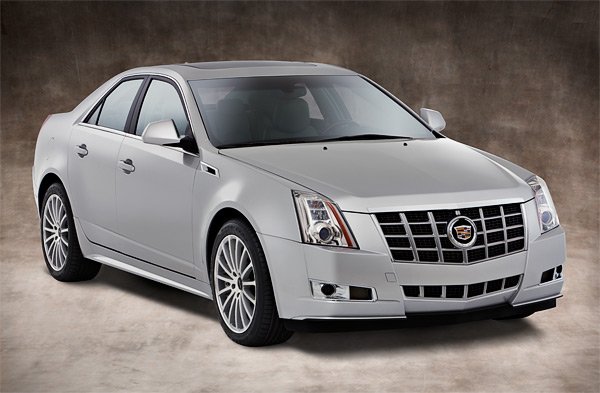

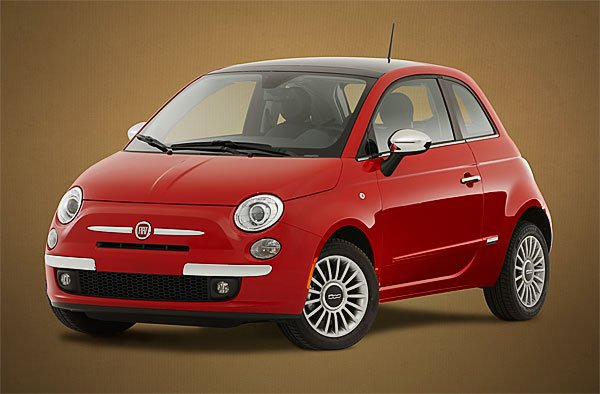
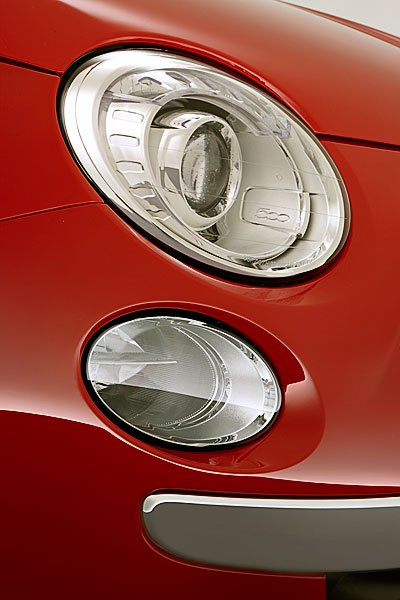
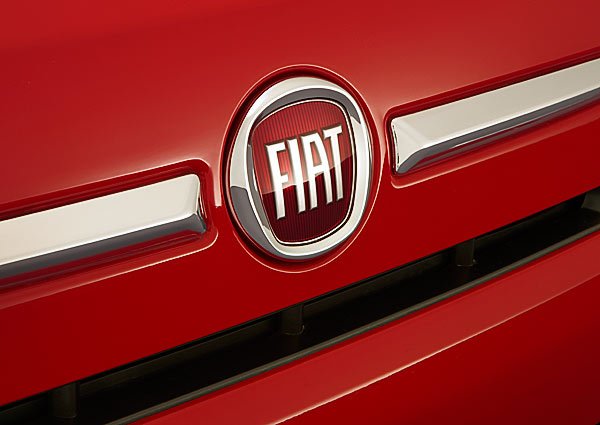 Let me know what you think!
Let me know what you think!